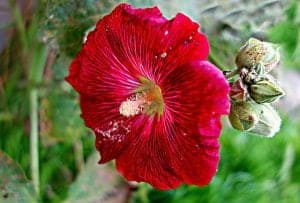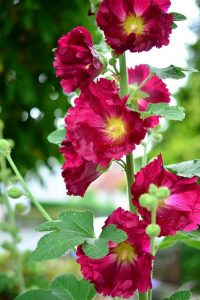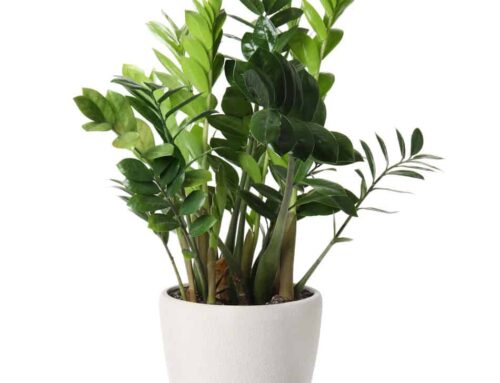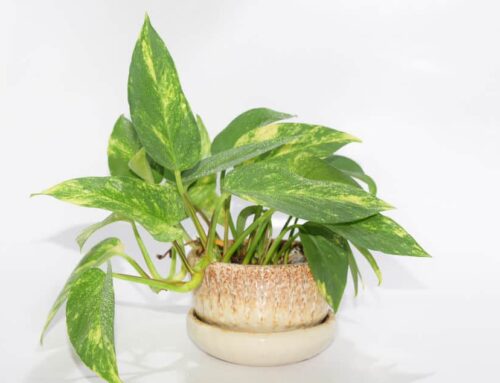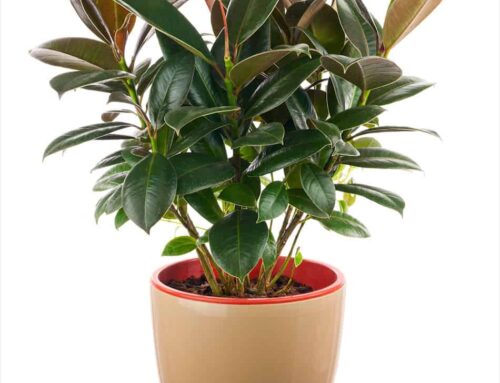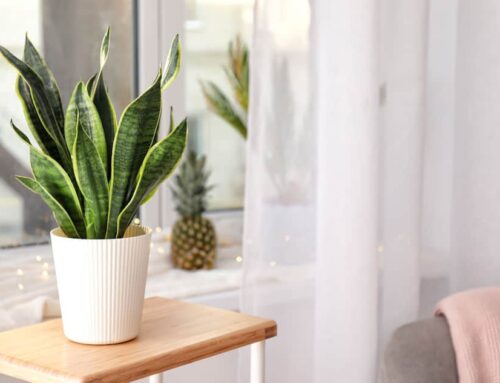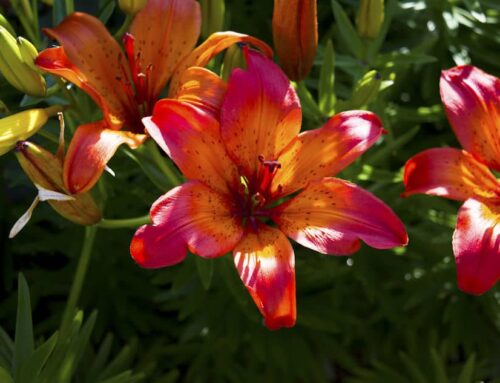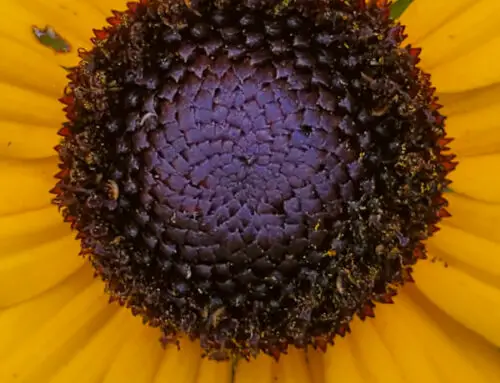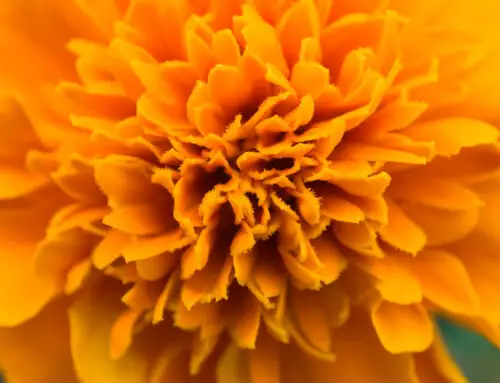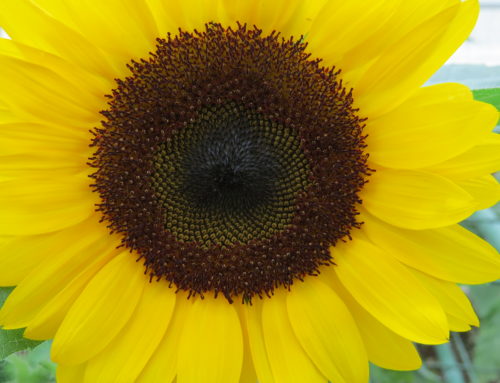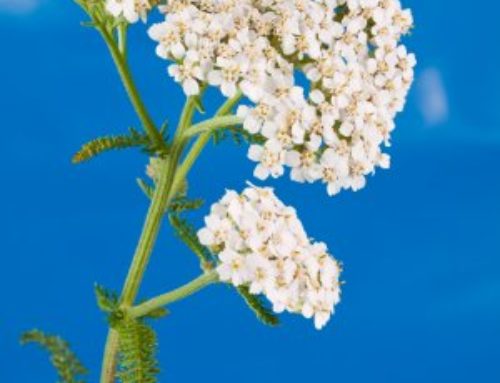Hollyhocks (Alcea) are biennial plants that bloom in the summer months. They have a very short lifespan and you usually only see them bloom in mid to late summer.
Because hollyhocks flowers are very prone to disease, it will not last as long as other flowers. It will however reseed itself each year. So you don’t have to worry about replanting it yourself until you see it has stopped growing.
Alcea are one of summers more different looking plants. The flowers actually grow on long stems coming out of the ground. It will reach at least 5 or 6 feet tall once the plant is done growing.
The blossoms grow in many different colors. They come in varieties of pinks, purples, oranges, yellows, reds, and white. Along the thick stems, colorful flowers burst open. They are a very decent size of cup shaped petals. Along with the nice sized blossoms are large green leaves.
If you ever come across a plant that has a very tall stem, with bright green leaves, and several large colorful flowers, then you are most likely looking at Hollyhock.
Since they grow to be so tall and are a powerful looking plant, set them up in a flowerbed all of their own. Or perhaps use them to border a fence.
Hollyhocks When To Plant
So have you decided to plant them in your garden? For starters if you are growing alcea they need to be in the sun. Hollyhocks can be planted in almost any
type of soil. Just be sure it will get the amount of moisture it needs.
When you are growing Alcea begin to sow your seeds in the spring or early fall. Space them about 2 feet apart, as they grow to be very tall and need some space.
When they start to grow, you will see that the flowers begin to bloom from bottom to top. The plants need to be staked and kept away from wind. If they are not staked they will tilt, due to their height. The wind could also hurt them and make them tilt and eventually kill them.
Water the plants, as they need it. Keep a careful watch over them in times of drought.
While they do require a little more work then some other summer flowers, they are worth the work in the end. Once you see the beautiful flowers blooming, you will be happy you decided to give them a chance!

